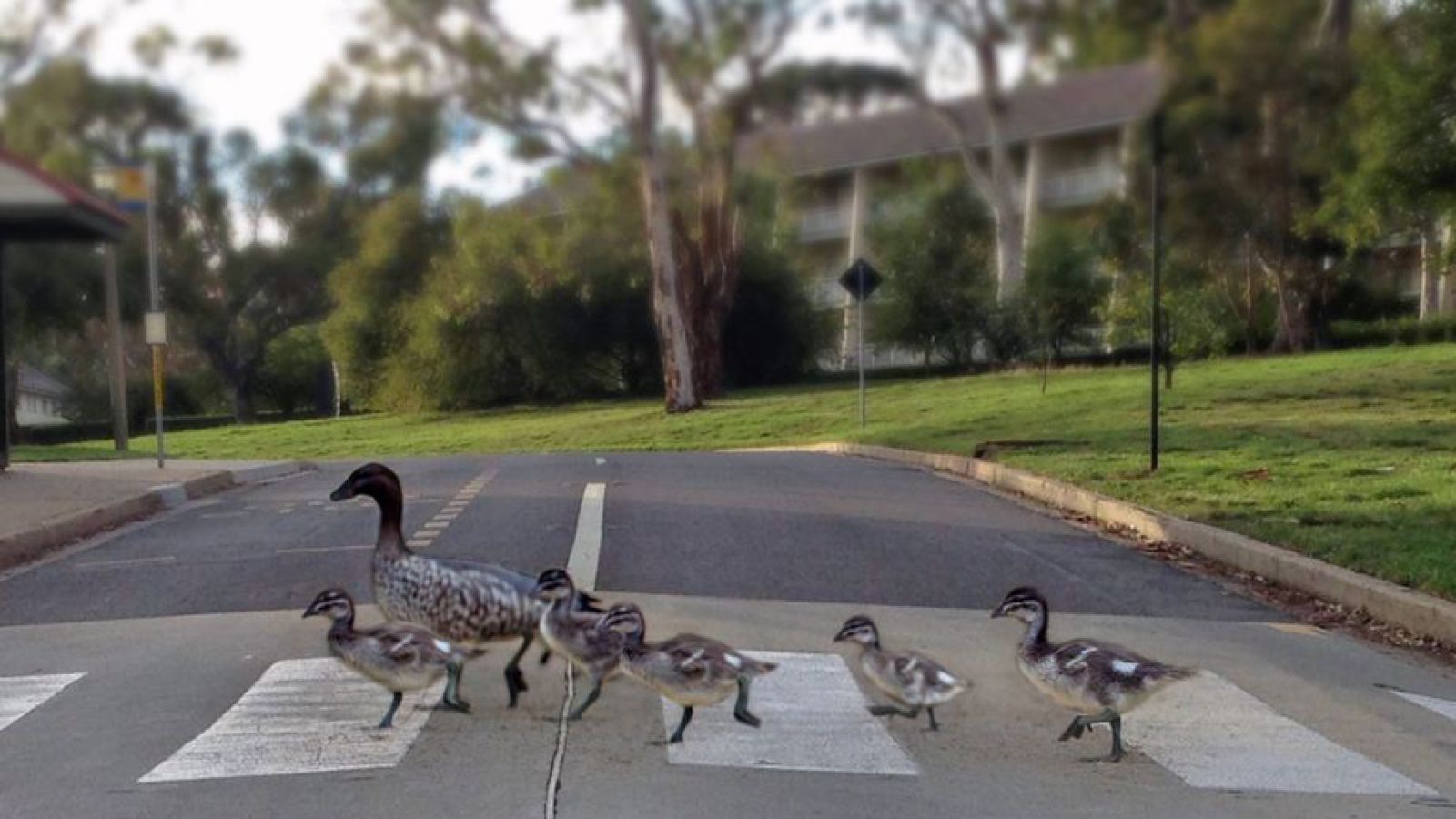ANU Research - University Gender Gap Favours Women

 Australian women are more likely to be enrolled in university than men, and the gender disparity is likely to continue to grow, according to new research from The Australian National University.
Australian women are more likely to be enrolled in university than men, and the gender disparity is likely to continue to grow, according to new research from The Australian National University.
The study, conducted by ANU economists Professor Alison Booth (pictured right) and Dr Hiau Joo Kee from the Research School of Social Sciences, charted the gender gap in higher education enrolments over almost a century. Using data from a number of sources, the researchers found that currently around 55 per cent of students at Australian universities are women.
“Around 55 per cent of students at Australian universities today are women,” said Professor Booth. “And the fact that girls are performing at least as well as boys in secondary education suggests this overall trend is likely to continue.
“Gender parity in university enrolments was achieved as far back as 1987. This was likely in response to women’s changing expectations of future labour-force participation, and age at first marriage. Additionally, women can no longer expect their first marriage to last and therefore some women are likely to make educational investments to insure against the risk of income loss.”
The researchers found that from a starting point of the 1911 census where around 22 per cent of students enrolled at universities were women, the numbers and proportion grew steadily until 1950 when there was a steep decline to less than 20 per cent. The numbers of women at university then increased again, and reached parity with men in 1987.
“In 1911 around 2,465 people from a population of 4.45 million were attending a university in Australia, and of these only 539 were women,” said Professor Booth. “By 1952 it had dropped further to 20 percent, due in part to the easy access into universities for the returning war veterans. From there the gender gap in favour of men began to reduce until, by 1987 – less than a century after Federation – Australian women were as likely as men to be enrolled at university.”
However, the researchers say that despite the statistics, women are still significantly underrepresented in some study fields. “The aggregate figures do disguise considerable heterogeneity across fields of study,” said Dr Kee. “There are significant fields – like engineering and surveying – where women remain in the minority, and other fields, such as education and health, where they’re in the overwhelming majority.”
Interview with Professor Alison Booth (mp3 file / 4Mb / six minutes)